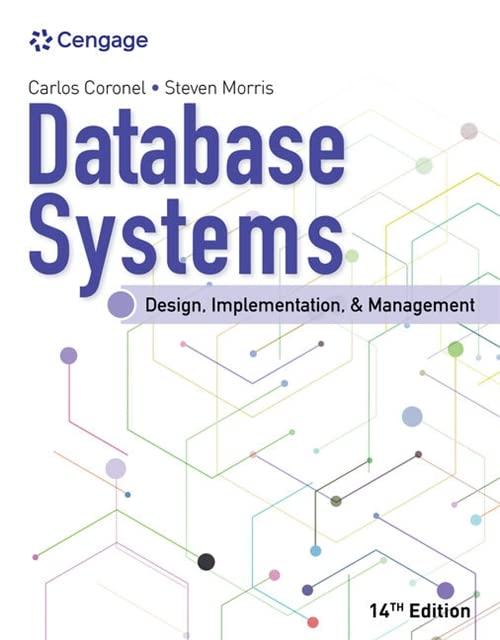Answered step by step
Verified Expert Solution
Question
1 Approved Answer
1 . Briefly discuss OSI model and the responsibilities of each layer. 2 . Briefly discuss TCP / IP Protocol Suite and the responsibilities of
Briefly discuss OSI model and the responsibilities of each layer.
Briefly discuss TCPIP Protocol Suite and the responsibilities of each layer.
What is the unit of communication at each layer in TCPIP Protocol Suite?
What is the address used at each layer Data link to Application in TCPIP Protocol Suite?
What is the device used at each layer for data communication in TCPIP Protocol Suite?
Briefly discuss the differences between Circuit Switching and Packet Switching.
Briefly discuss the differences between Connectionless service and ConnectionOriented service.
Find the number of IP addresses, the first IP address, last IP address, and network mask in a block for class addressing.
Find the information from the header of IP datagram: header length, service type, total length, data size, identification, flags, fragmentation offset, time to live protocol.
What is the purpose of Maximum Transfer Unit?
Briefly discuss fragmentation
What is fragmentation offset.
An IP datagram has arrived with the following information in the header in hexadecimal:
C E BE F
a Are there any options?
b Is the packet fragmented?
c What is the size of the data?
d Is a checksum used?
e How many more routers can the packet travel to
f What is the identification number of the packet?
g What is the type of service?
Find the checksum of binary numbers.
Briefly discuss ARP.
What is Encapsulation?
A host with IP address and physical address B::::: has a packet to send to another host with IP address and physical address A:E:F:::AB The two hosts are on the same Ethernet network. Show the ARP request and reply packets encapsulated in Ethernet frames.
What is the rationale for the existence of ICMP?
Briefly discuss ICMP.
Name and discuss two categories of ICMP.
Name and discuss two debugging tools using the ICMP.
Briefly discuss Mobile IP
Explain three phases of communication between a mobile host and a remote host: agent discovery, registration, and data transfer.
Briefly discuss of the inefficiency of mobile IP in two cases and a possible solution.
Name and discuss three unicast routing protocols.
Briefly discuss the idea of distance vector routing.
Use the BellmanFord algorithm to find the shortest distance for all nodes in the graph.
Find the records of routing table for an AS using distance vector routing algorithm similar to example and
Discuss timer used in RIP.
Briefly discuss the idea of Link State routing.
Find the shortest path by using Dijkstra algorithm.
Compare and contrast unicasting, multicasting, and broadcasting communication.
Change the multicast IP address to an Ethernet multicast physical address.
Step by Step Solution
There are 3 Steps involved in it
Step: 1

Get Instant Access to Expert-Tailored Solutions
See step-by-step solutions with expert insights and AI powered tools for academic success
Step: 2

Step: 3

Ace Your Homework with AI
Get the answers you need in no time with our AI-driven, step-by-step assistance
Get Started


